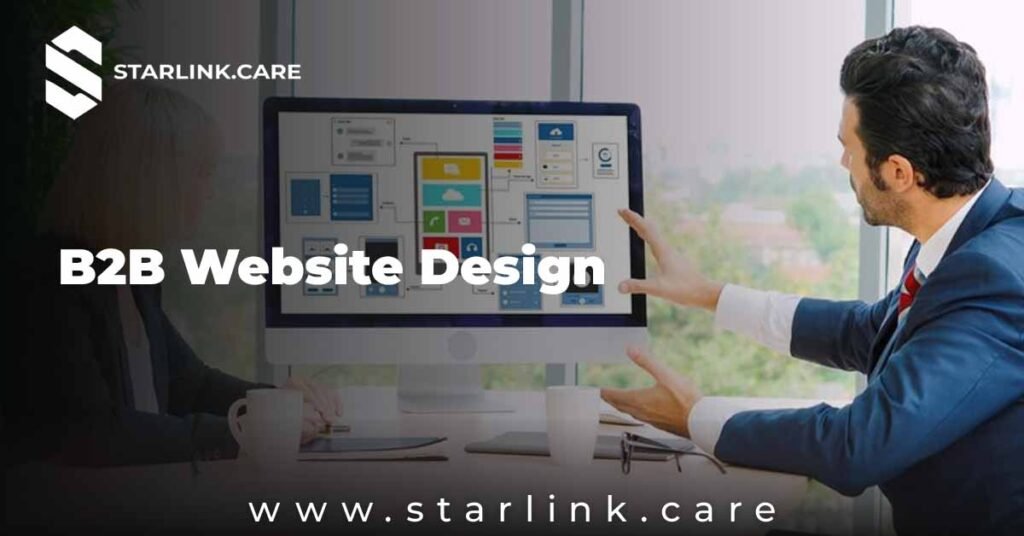Elevate Your Business with Branding and Website Design
In today’s digital world, the combination of branding and website design plays a pivotal role in the success of any business. Your brand identity and website are often the first interactions potential customers have with your business, so making a strong impression is essential. This article will delve into the importance of branding and website design, provide a step-by-step guide to creating a compelling online presence, and offer tips for achieving success.
What is Branding and Website Design?
Branding encompasses the visual and emotional elements that define a company, such as its logo, color palette, typography, and overall aesthetic. It’s how a business presents itself and communicates its values and personality to the audience. Website design involves the layout, functionality, and overall look of a company’s website. Together, branding and website design ensure that your business not only looks professional but also provides a seamless user experience.
Why Are Branding and Websites Designs Important?
Branding:
- Creates Recognition: A strong brand helps your business stand out in a crowded market. For example, think of iconic brands like Apple or Nike. Their unique logos and brand elements make them instantly recognizable.
- Builds Trust: Consistent and professional branding fosters trust and credibility. Customers are more likely to engage with a brand that appears polished and reliable.
- Conveys Your Message: Branding communicates what your business stands for and what makes it unique. It’s a way to tell your story and connect with your audience on an emotional level.
Website Design:
- Enhances User Experience: A well-designed website is user-friendly and intuitive, making it easier for visitors to find information and take action. blog.hubspot provides insights on creating engaging user experiences.
- Boosts Credibility: An attractive and functional website enhances your business’s credibility. Poor design or outdated websites can deter potential customers and harm your brand’s reputation.
- Improves SEO: Good website design practices, such as fast load times and mobile optimization, can improve your site’s search engine ranking. Moz offers a comprehensive guide to SEO best practices.
How to Integrate Branding and Website Design: A Step-by-Step Guide
Creating a cohesive and effective online presence involves aligning your branding with your website design. Here’s a step-by-step guide to help you through the process:
Step 1: Define Your Brand Identity
Before diving into website design, establish your brand identity. Define your brand’s values, mission, and target audience. This will guide your design choices and ensure consistency. For a deeper understanding of brand identity, see Starlink guide.
Step 2: Create a Brand Style Guide
Develop a brand style guide that includes your logo, color palette, typography, and visual elements. This guide will serve as a reference for maintaining consistency across all design aspects. Canva offers a useful tool for creating style guides.
Step 3: Design Your Website Layout
Plan the layout of your website, focusing on user experience and functionality. Consider how users will navigate your site and where key elements should be placed. Tools like Figma and Adobe XD can help with wireframing and layout design.
Step 4: Apply Your Brand Elements
Incorporate your brand’s visual elements into the website design. Use your brand’s colors, fonts, and logo consistently throughout the site. This integration helps reinforce your brand’s identity and ensures a cohesive look. For inspiration, check out Awwwards for examples of outstanding website designs.
Step 5: Ensure Mobile Responsiveness
With a significant amount of web traffic coming from mobile devices, ensure that your website is mobile-friendly. A responsive design adapts to different screen sizes, providing a seamless experience for all users. Google’s Mobile-Friendly Test can help you assess your site’s mobile compatibility.
Step 6: Optimize for SEO
Incorporate SEO best practices into your website design to improve search engine visibility. This includes optimizing page load times, using relevant keywords, and ensuring that your site is easily navigable. For more on SEO strategies, visit Neil Patel’s blog.
Step 7: Test and Iterate
Before launching your website, conduct thorough testing to identify any issues or areas for improvement. Gather feedback from users and make necessary adjustments. Regularly review and update your website to keep it aligned with your branding and evolving business needs.
Real-Life Examples of Effective Branding and Website Design
Consider the website for Airbnb. Their site effectively integrates their branding elements with a clean, user-friendly design that enhances the booking experience.
Another example is Dropbox, whose website combines a minimalist design with their brand colors and clear messaging. This approach not only reinforces their brand identity but also provides a smooth user experience.
Final Thoughts
Branding and website design are integral to building a successful online presence. By aligning your brand identity with your website design, you create a cohesive and engaging experience for your audience. Investing in professional branding and website design services ensures that your business stands out, builds trust, and achieves its goals.
Ready to transform your brand and website Through Starlink? Engage with branding and website design experts today and take your business to new heights!







